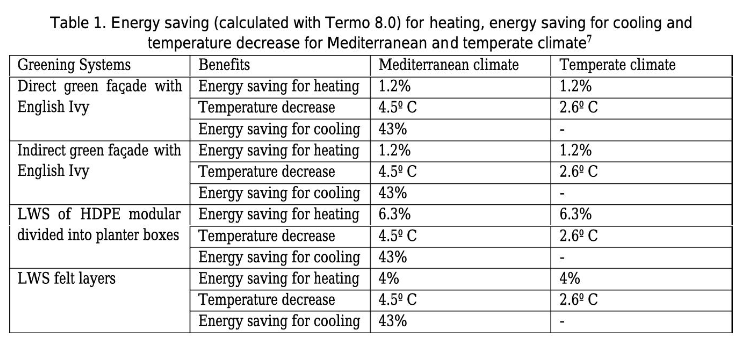by Elana Manasse-Piha
In my previous blog, I discussed the adverse impacts of air conditioning and what many countries are doing to address this serious and growing problem. While it is encouraging that countries are tackling this major issue, individuals can also be part of the solution! Many people want to know what steps they can take to lessen their reliance on heating and cooling systems and reduce their carbon footprint. Fortunately, there are many options to lessen our dependence on air conditioning ranging from the basic to the extreme.
This image shows how a vegetated (aka green) roof can help cool your home without any mechanical systems. Image: Pexels.
A simple and inexpensive alternative is planting native shade trees. Shade from trees can provide significant cooling to a structure and, additionally, can increase property value – for the greatest benefit for local wildlife and the ecosystem, plant trees native to the area. The only downside to planting trees is that, depending on the species, they can take a while to grow, so consult an arborist to pick the perfect tree for your micro-climate.
Some solutions are easiest to implement when building a new home or remodeling an existing structure. Something as basic as building materials like stone and earth as well as ample insulation keeps heat or cold inside the house, decreasing the need for heating, ventilation, and air conditioning (HVAC). Additionally, window orientation is an important factor when building a new home. In colder climates, orient the windows towards the sun. In warmer climates, orient the windows perpendicular to the sun’s path. Using high-performance or dynamic glass to subdue the effect of the sun’s heat is a great option too.
More involved solutions include installing green roofs and walls. A green roof consists of vegetation planted on top of a waterproofing system on a slightly sloping or flat roof. Green walls are vegetated wall surfaces and fall into a few different categories. Green facades use vines that grow directly on a wall or indirectly on a support structure. Living walls, or Living Wall Systems (LWS), are pre-vegetated panels, modules, planted blankets, or bags affixed to a structural wall or free-standing frames. Unlike typical roofs and walls, these “green systems” reflect more of the sun’s light, thereby reducing the temperature of the building leading to less need for air conditioning.
This chart depicts how green roofs can help keep a steadier temperature and regulate the indoor temperature of a home.
This diagram demonstrates the increased cooling load of a Green Facade when compared to a conventional wall.
Greening systems also add insulation, further lessening the load of HVAC systems. In addition to air conditioning and energy-saving advantages, green roofs and walls have many other benefits including: reducing greenhouse gas emissions, extending a roof’s lifetime, improving air quality, reducing energy costs, reducing the urban heat island effect, and improving stormwater management.
This chart shows the various energy savings from different types of green walls.
Of course, with Green Roofs and Walls, it is imperative to carefully consider the irrigation system and plant choices to maximize gains. To get the most out of this system, research to pick plants native to the local environment and choose a sustainable irrigation system that conserves and reuses water.
From simple changes to complex solutions, there are many ways to decrease your dependence on air conditioning. The ones above are just a few of the choices. Tell us about other alternatives in the comments!






